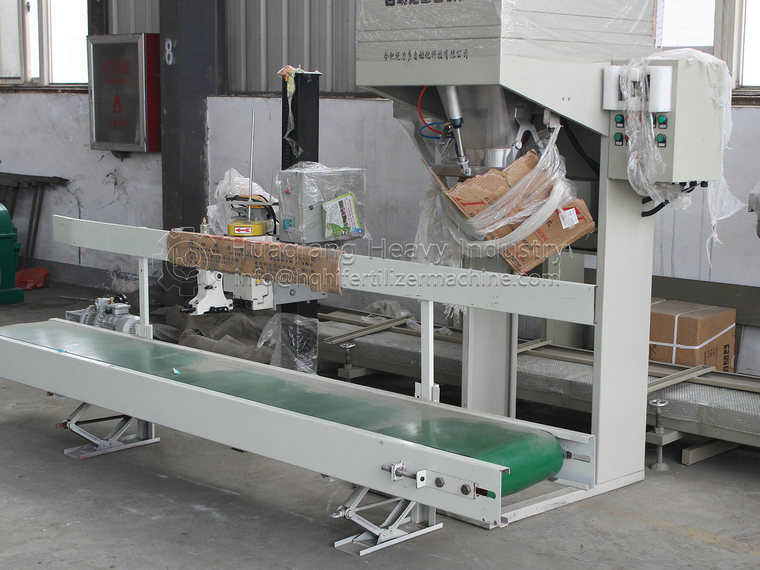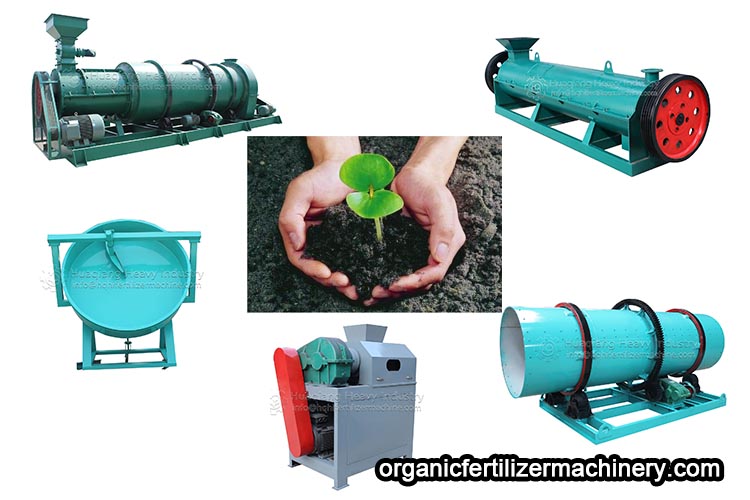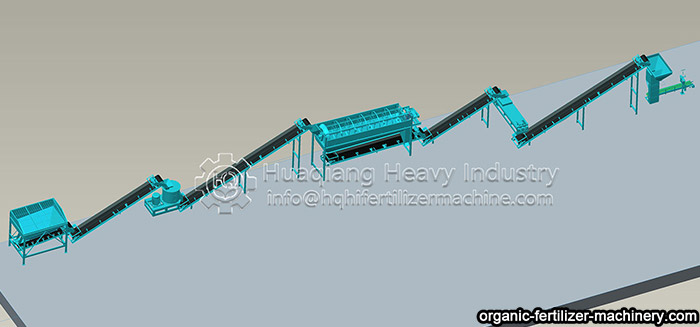Technical characteristics of bio organic fertilizer production
The production technology content of bio organic fertilizer is relatively high. In addition to adding biological agents to promote the decomposition of organic materials in the process of decomposition to achieve the purpose of directional deodorization, microorganisms with specific functions are also added to the products to improve the effect of the products.
Bio organic fertilizer production process
Raw material selection → drying and sterilization → mixing of ingredients → granulation → cooling and screening → metering and sealing → storage of finished products.

Characteristics of bio organic fertilizer production
1. Adaptability of raw materials
It is suitable for the direct granulation of coarse fiber organic wastes with moisture content of about 30%, such as livestock and poultry drying stool, sugar mill sludge, urban sludge, papermaking sludge, wine tank, straw, peat, etc. after fermentation, it can produce pure organic fertilizer, organic inorganic fertilizer and bio organic fertilizer with spherical particles.
2. The ball forming rate and the survival rate of biological bacteria are high
The new technology can make the pelletizing rate more than 90-95%, and the new drying technology with low temperature and large air volume can make the survival rate of microorganism reach 90%.
3. Short process flow and low operation cost
The organic fertilizer used in this process does not need to be dried, crushed and other pre-treatment, and the process flow is short and the operation cost is low.
.jpg)


.jpg)
.jpg)

.jpg)

